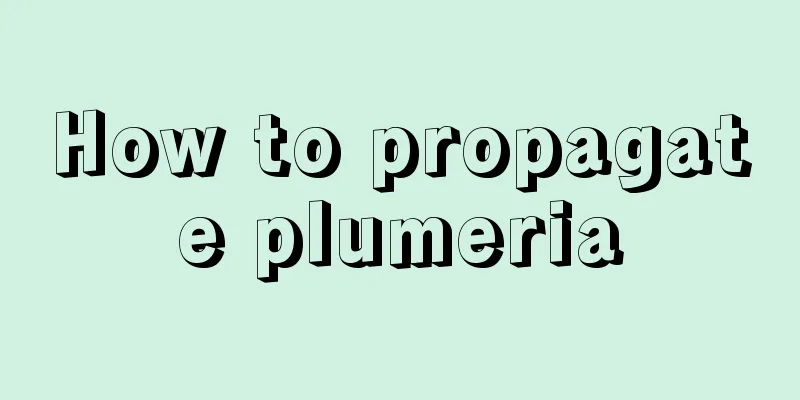Cultivation methods and precautions of red cardinal coral

Farming methodsPot soil selectionTo cultivate cardinal coral, you need to choose a slightly smaller flower pot and put loose and fertile soil with good drainage in the flower pot. It is best to mix pond mud, fine sand and leaf mold yourself. Light and temperatureCardinal coral likes a warm environment and light, is relatively afraid of cold, and the temperature cannot be too high. It can tolerate partial shade. The suitable temperature for growth is between 15℃ and 25℃, and the safe wintering temperature is above 5℃. There must be sufficient light. When the light is strong in summer, it needs shade maintenance. In winter, the daylight is short and the temperature is low, so the cardinal coral can be placed in a place with sufficient light indoors for maintenance. Watering and fertilizingCardinal coral prefers a drier environment. It only needs to be watered normally during the growth period, but not too much, to avoid water accumulation, and good ventilation needs to be maintained, otherwise it will cause root rot. The requirement for fertilizer is not high. During the growth period, you can apply fertilizer as appropriate according to the growth conditions. Generally, apply thin fertilizer 1-2 times a month. Reproduction methodThe propagation of Cardinal Coral is mainly by cuttings. May and June are the best propagation seasons and cuttings are easier. It can also be propagated by sowing, and disinfection is required before sowing. PrecautionspruneThe cardinal coral plant can be pruned in the spring every year. Cutting off the upper part of the plant can promote branching and make the branches and leaves lush. Pest controlCommon diseases and pests of red cardinal coral include leaf spot disease, anthracnose and other diseases, as well as pests such as aphids, scale insects, and red spiders. They are very harmful and need to be prevented and controlled in a timely manner. RepottingPotted cardinal coral can be repotted once every 1 to 2 years in early spring. You can change the soil when potting. |
<<: If you want to grow flowers, at least know these 3 watering tips
>>: In September, these 13 woody flowers are most suitable for cuttings, don't miss them
Recommend
The main value of African hibiscus
All those values Ornamental value To understand t...
How to spend the winter in northern grapes and what to pay attention to during the winter
1. Wintering Methods 1. Watering to prevent frost...
The leaves of "Pothos" always turn yellow in winter. Water it with these 3 kinds of water in spring and the leaves will grow green and vigorous
Rice washing water This rice water is the most co...
How to make Clivia take root quickly (methods and tricks to promote rooting of Clivia)
How to promote root growth of Clivia In fact, the...
The Flower Language and Legend of Snowdrop
The flower language of snowdrop The flower langua...
How to cultivate heather
Farming methods soil Heather cultivation generall...
How does the fortune tree survive the winter in the north (temperature, watering, light, fertilization)
1. Temperature In winter, the outdoor temperature...
There are several types of grape yellow leaf disease and treatment methods
1. There are several It is infected with only one...
What to do if the lipstick flower does not bloom or drops buds
Improper application of water and fertilizer for ...
Is the traveler's banana suitable for indoor cultivation? How to grow it?
1. Is it suitable for indoor breeding? The travel...
One solution to the problem of pigs not eating
If you want pigs to grow fast, feeding is always ...
Where is the best place to plant Panzao?
Places where Panzao is planted Panzao generally g...
Dendrobium potted planting methods and precautions Dendrobium domestic planting methods
The cultivation method of Dendrobium is not compl...
Do this now, and the longevity rose will bloom again!
Rose 1. Lightly prune branches The main pruning i...
Rose cutting season and method
Rose is a beautiful and fragrant flower that many...









